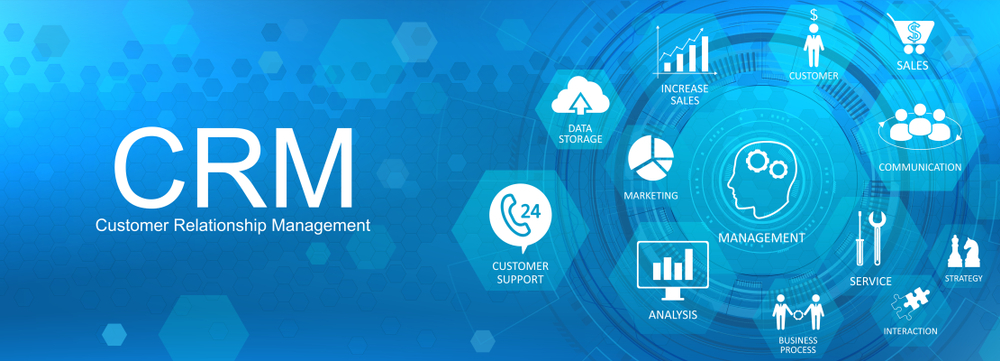
CRM Development
CRM, or
Customer Relationship Management, refers to the strategies, practices, and
technologies that businesses use to manage and analyze interactions with their
customers and potential customers. CRM development involves creating software
applications and systems that facilitate these tasks and help businesses better
understand and serve their customers' needs. Here are the key steps and
considerations involved in CRM development:
1. Requirements
Gathering: Understand the specific needs and goals of the business in
terms of customer interactions, data management, and reporting. This includes
identifying the types of customer information to be captured, the desired user
interfaces, and the integration requirements with other systems.
2. Design
and Architecture: Create a blueprint for the CRM system's structure,
including database design, user interfaces, workflows, and integrations with
other tools (e.g., email, marketing automation, etc.). This involves both
technical and user experience design.
3. Development:
Build the CRM system according to the design specifications. This may involve
front-end development for user interfaces, back-end development for data
storage and processing, and integration with third-party tools.
4. Customization:
Many businesses have unique processes and requirements. A good CRM should allow
for customization to adapt to these needs. This might involve creating custom
fields, workflows, and automations.
5. Data
Management: Effective CRM development includes robust data management
capabilities. Ensure data integrity, security, and accessibility. Implement
features for data import/export, deduplication, and data cleaning.
6. Integration:
Integrate the CRM with other systems used by the business, such as email
platforms, marketing automation tools, e-commerce platforms, and more. This
helps streamline processes and ensure a unified view of customer interactions.
7. Testing:
Rigorously test the CRM system to identify and fix bugs, ensure functionality,
and validate that it meets the business requirements. This includes both manual
testing and automated testing.
8. Deployment:
Deploy the CRM system to the intended users. This might involve setting up
servers, configuring access rights, and ensuring that the system can handle the
expected load.
9. Training:
Provide training to users on how to effectively use the CRM system. This
ensures that the system's capabilities are utilized to their fullest potential.
10. Maintenance
and Updates: Continuous maintenance is essential to keep the CRM system
running smoothly. This includes bug fixes, updates to accommodate changes in
business processes, security patches, and feature enhancements.
11. User
Support: Establish a support system for users to address any issues they
encounter while using the CRM system. This could involve a helpdesk, FAQs, or
online resources.
12. Analytics
and Reporting: Implement features that allow users to analyze and
visualize customer data. This helps businesses gain insights into customer
behavior and trends.
When developing a CRM system, you can choose between
building a custom CRM from scratch or using pre-built CRM software and
customizing it to your needs. Popular CRM platforms like Salesforce, Microsoft
Dynamics 365, HubSpot, and Zoho offer both pre-built solutions and
customization options.
Remember that CRM development is an ongoing process that
evolves as your business grows and changes. It's important to have a clear
understanding of your business needs and goals to create a CRM solution that
truly supports your customer relationship management efforts.






















